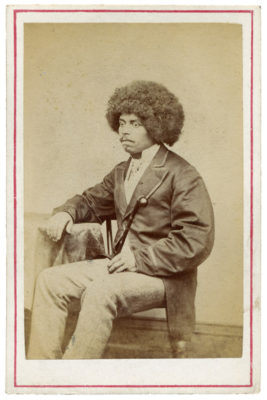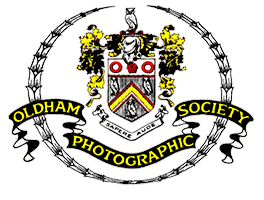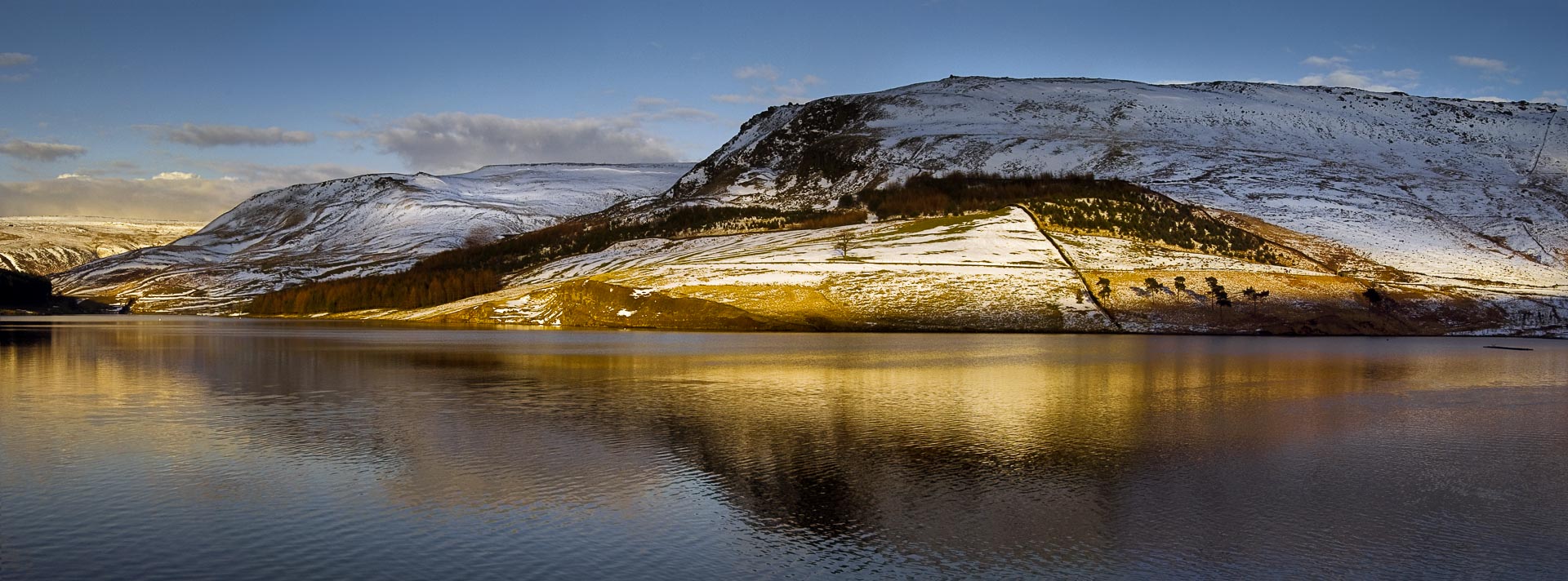
During the research for my book “A Victorian Society”, to commemorate the 150th anniversary of the Oldham Photographic Society, we came across a photograph in the archives which was most unusual, being a portrait of a man of African descent, taken in the late 1860s or early 1870s.
The photographer was a founding member of the Oldham Photographic Society, named William Thorpe. The subject of the photograph is holding an iron implement in his lap, which was initially noticed by museum curator, Sean Baggaley. We now believe this implement to be a slave collar and the subject to be James Johnson, who came to Oldham in 1866.
James Johnson was a slave of African descent, who was born into slavery at Smithfield, North Carolina, on 20th March 1847. As a child, he was first the property of a boat builder, Uriah Moss, then was sold to a planter, Jesse Drew, who lived at Orton, on the Cape Fear River, where the young boy, James, had to go into the fields to scare the birds from the corn. During the winter there was plenty of labouring to do, but it seems that he was relatively well treated by Jesse Drew. But James was finally sold to a plantation owner named George Washington, for $825 and became a coach driver for him in addition to working on Washington’s two plantations, where he suffered a great deal of abuse.
He flogged me until the blood streamed down my back, and then ordered some of the other negroes to wash me in salt and water, in order to cure my lacerated back as soon as possible…the suffering enduring by such a proceeding can only be felt, it cannot be described.
Life of the Late James Johnson
Living near the Cape Fear River turned out to be a big advantage to James and provided him with a means of escape. During the American Civil War, the river was of strategic importance to both the Union and Confederacy as a major supply line and they fought to gain control of it. Still aged only fifteen, James Johnson escaped slavery by swimming out to a Union ship, “The Stars and Stripes” which must have been on the river, or the river basin. He was taken on board ship somewhere near Cape Fear and was then conveyed to New York. From New York, he worked his passage to Liverpool, England, where he arrived in December 1862, only to be immediately robbed of his meagre possessions. James travelled around the country for four years “friendless and homeless” and earned his keep by singing, dancing and playing the “rattlebones”. He joined a boxing troupe and performed at fairs, arriving in Oldham in September 1866, just a few months before the founding of the Oldham Photographic Society.
James settled in Oldham and became an iron worker, working in the smithy at Messrs Dawson & Stanier’s Flat Top Foundry for six months, then moving to Platt Brothers Engineering. He would have been in an excellent position to fashion himself a slave collar there, to demonstrate how slaves were treated in the southern states and which may well have been shown at meetings in the town. James became an evangelist preacher and a member of the Oldham Free Church. He later worked as a Blacksmith’s striker and, in 1869, he married local girl, Sarah Preston, who taught him to read and write. After her death, he remarried to Mary Ann Cook, in 1891 and they had a daughter, Alice.
James Johnson wrote his memoir in the 1870s. He died aged 66 and was buried in Royton Cemetery in an unmarked grave. In 1914, shortly after his death, James’ daughter Alice published the memoir as “The Life of the Late James Johnson (Coloured Evangelist), An Escaped Slave from the Southern States of America”. By that time, the Oldham Photographic Society’s photograph was about 45 years old and was buried in an abandoned album in the society’s “library”, which was kept at the meeting rooms. It is possible that no-one outside the society knew of the photograph or its possible significance, until it turned up in my research in 2017. Even then, if I had not been very curious about it, perhaps the matter would not have been taken any further.
As a poor former slave, arriving in Oldham in the late 1860s, James would have been a person of great interest to the growing number of photographers in the town, but until the re-discovery of this picture, no photograph of him had been thought to exist. I privately find the circumstantial evidence quite compelling that this is a photograph James Johnson – for, who else could it be? But unfortunately the proof is not there and we may never know for certain! If only the name of the subject had been written on the back of the photograph, or even against the photograph in the album, as some other portraits were identified! Is this a lesson to us all?
The reason for re-publishing this article? A large poster of the James Johnson photograph is currently hanging in Gallery Oldham, and visitors to our print exhibition at the Library are encouraged to go upstairs and have a look at Gallery Oldham’s current exhibitions, which also include a Dante Gabriel Rossetti and a John William Waterhouse…and there’s lots more to see!
© Christine Widdall, originally published Dec 2017. Additional information added May 2024.
___________________________________________________________________________
Carolina Chocolate Drops – Playing the rattlebones example.
Both Sean Baggaley and David Cecelski have written articles on the subject of James Johnson, which you can read at the following links: Is this James Johnson? (by Sean Baggaley) | A Portrait from Oldham (by David Cecelski) ! The life of the Late James Johnson (by David Cecelski)

